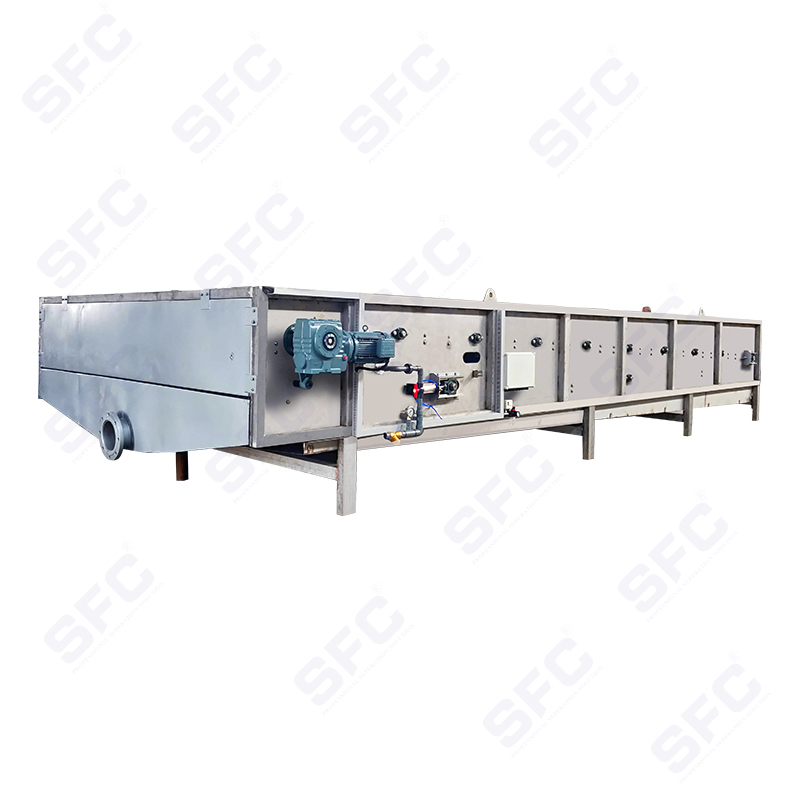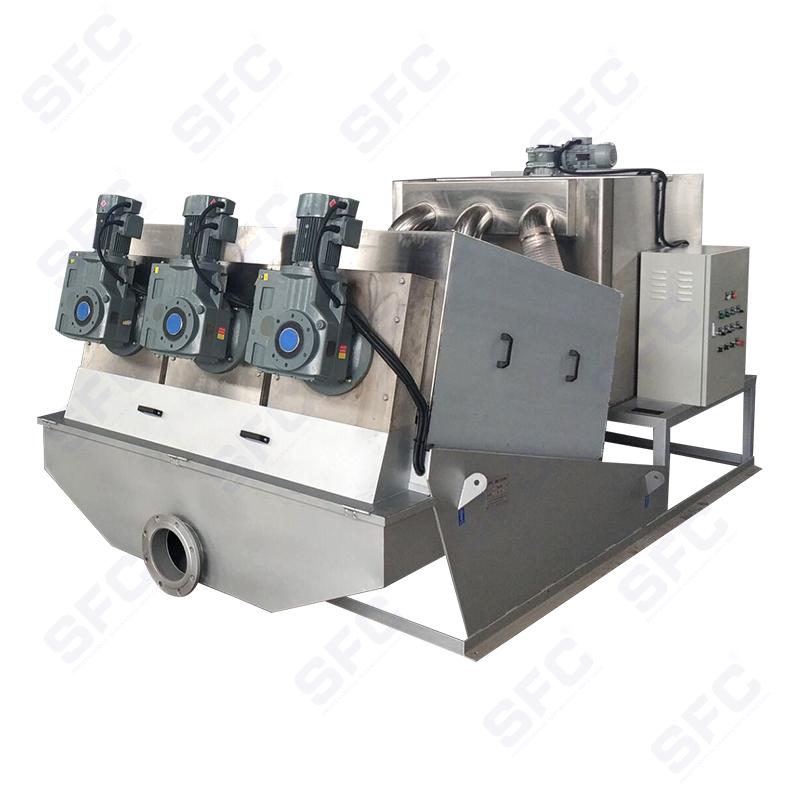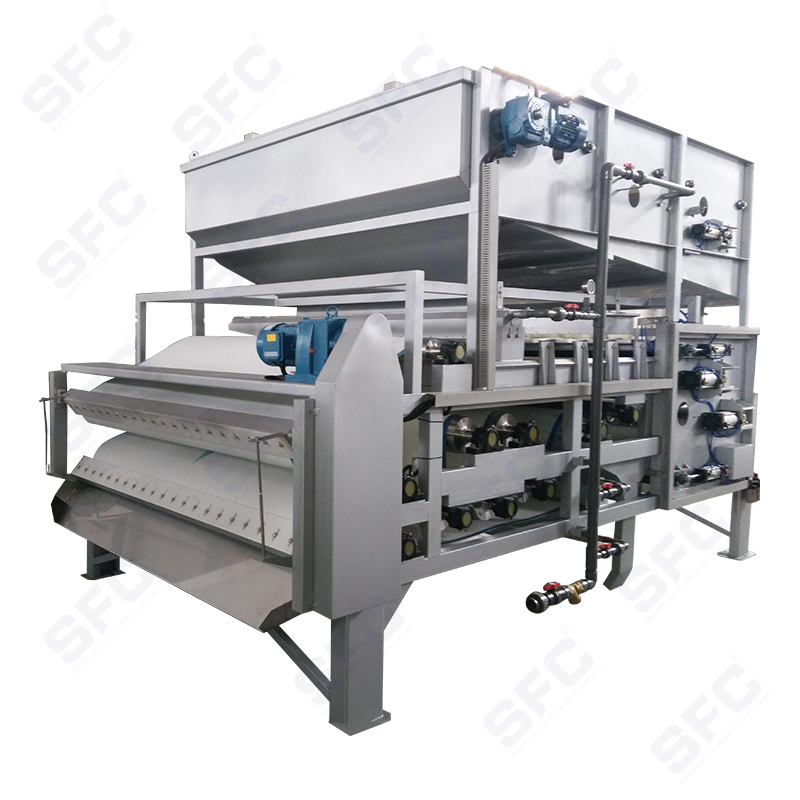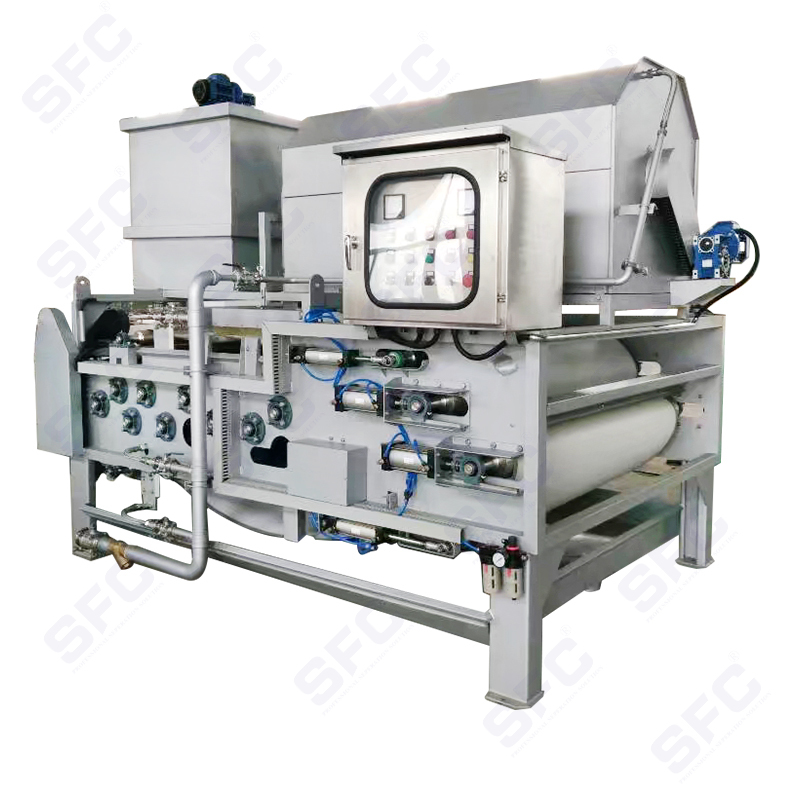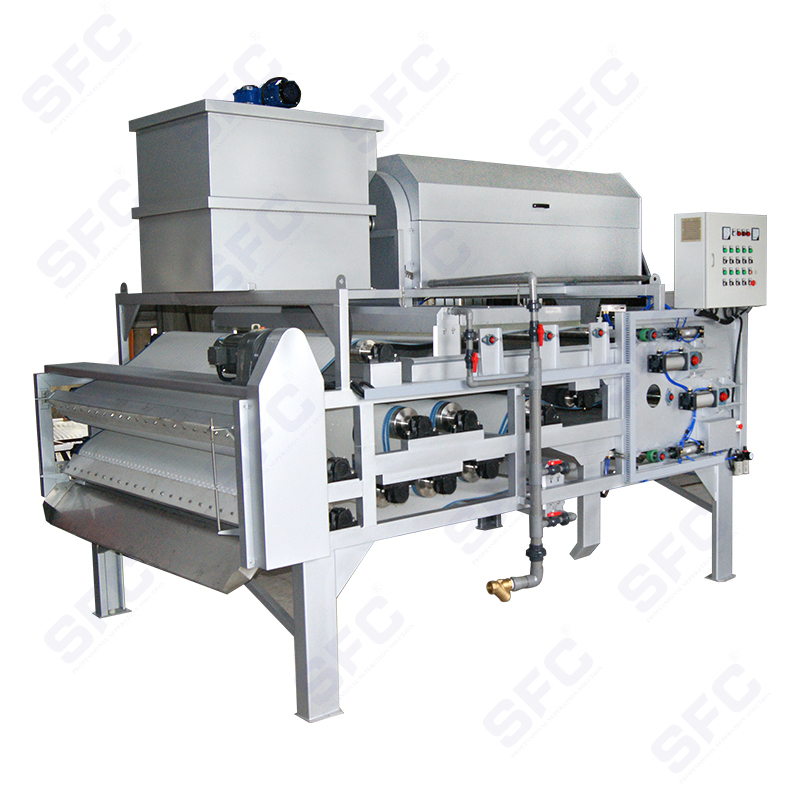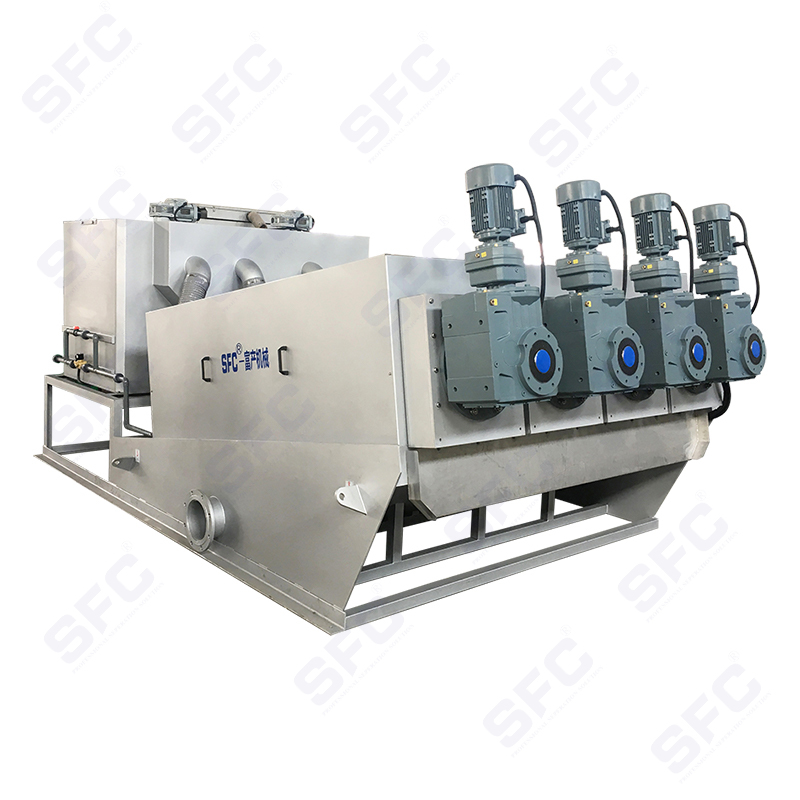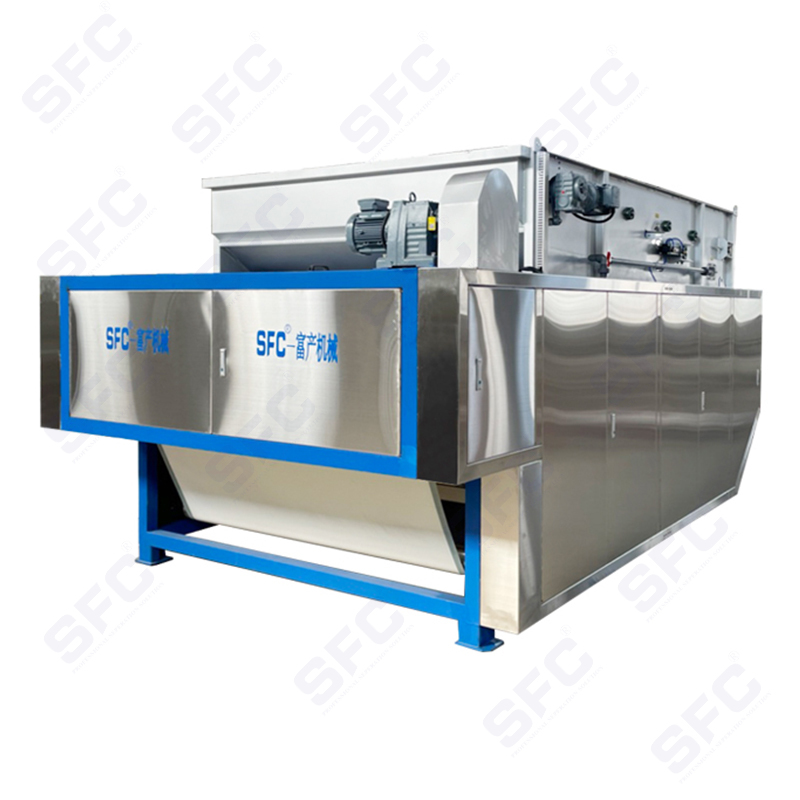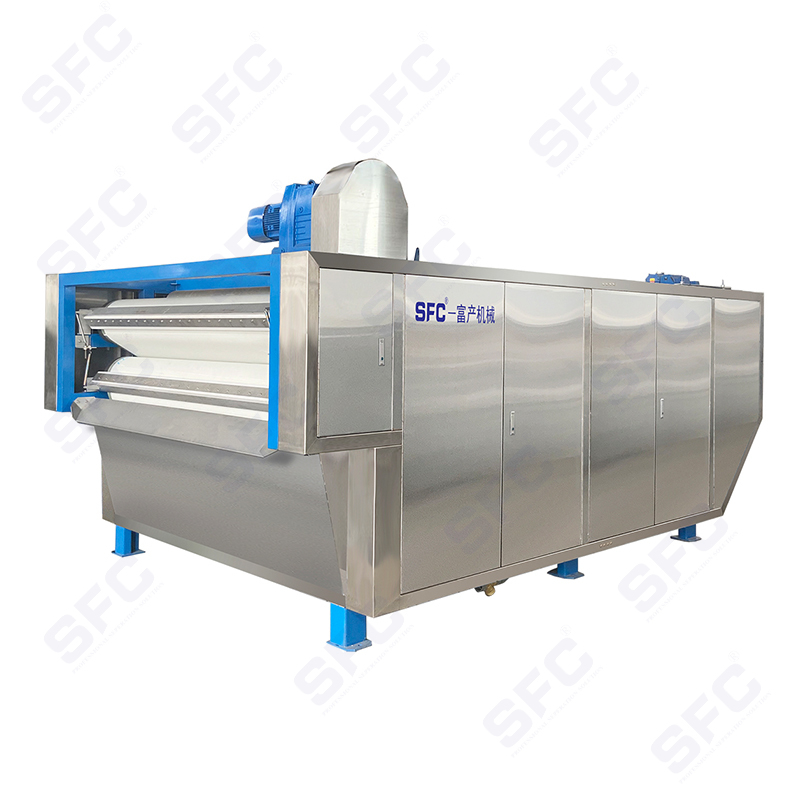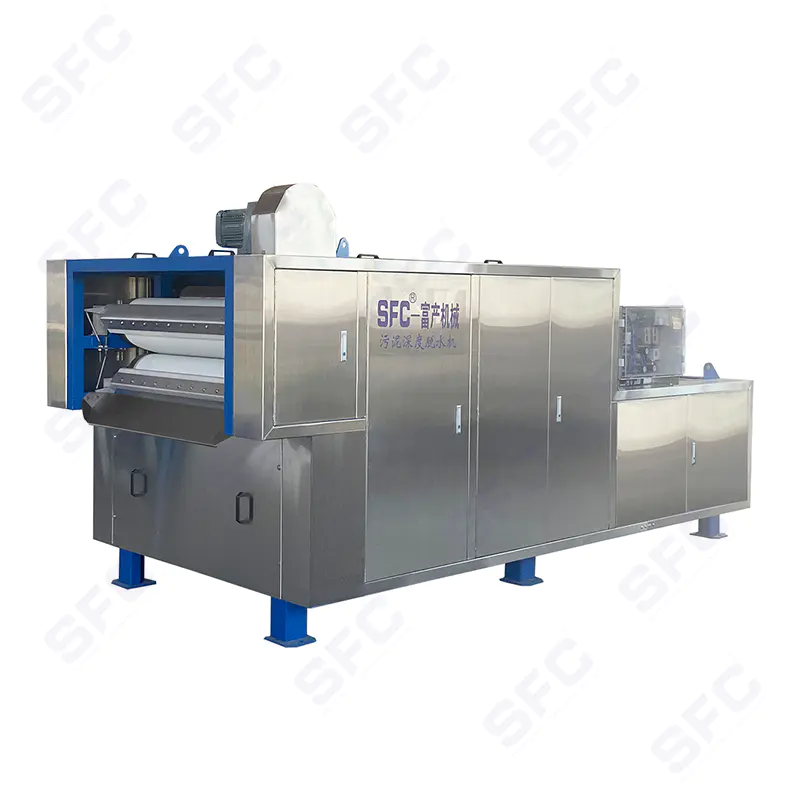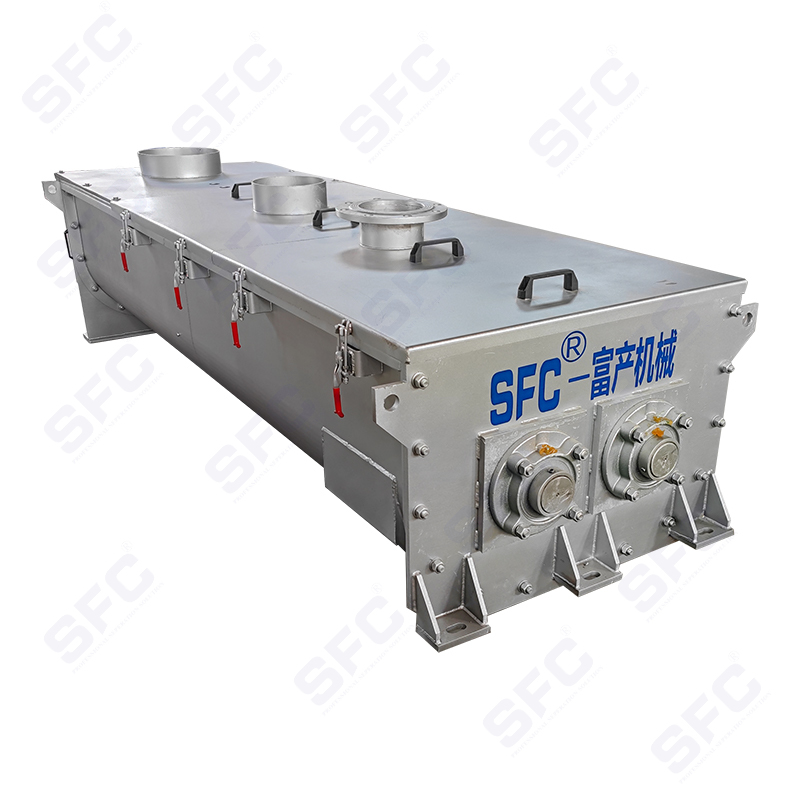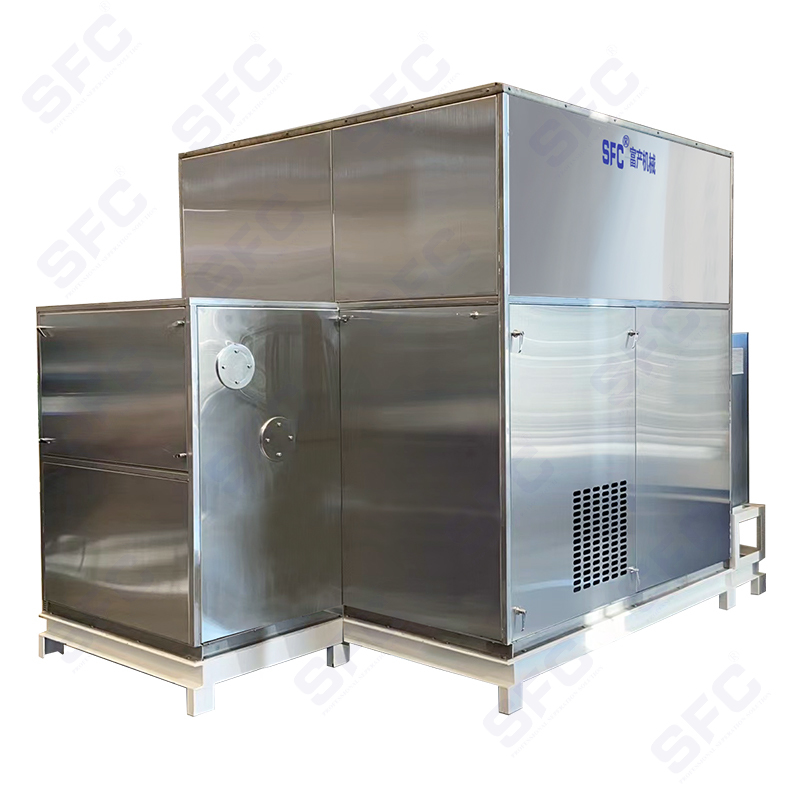How Does a Rotary Drum Sludge Thickener Boost Sludge Management Efficiency?
A rotary drum sludge thickener is a widely used piece of equipment in wastewater treatment facilities, designed to increase the solids concentration of sludge before further processing. By gently rotating a screened drum, it allows water to drain from the sludge, effectively reducing its volume and weight. This process makes transportation, disposal, or further treatment more economical and efficient.
The rotary drum thickener is known for its compact size, continuous operation, and reliable performance, making it an excellent choice for both municipal and industrial sludge management applications.
What Is a Rotary Drum Sludge Thickener?
A rotary drum sludge thickener is a cylindrical, perforated drum that rotates slowly while sludge is fed inside. As the drum turns, water drains through the screen openings, and solids are retained and concentrated. The thickened sludge is then discharged for further treatment, while the separated water—known as filtrate—is sent back to the wastewater stream for processing.
Unlike some other thickening methods, rotary drum thickeners work continuously, require minimal supervision, and can handle various sludge types, particularly waste activated sludge (WAS).
Key Working Principles
1. Sludge Feeding – Raw sludge is pumped into the rotary drum.
2. Rotation and Drainage – The drum rotates slowly, allowing gravity and gentle agitation to separate water from solids through a fine mesh.
3. Filtrate Collection – Water drains into a collection trough and returns to the plant’s inlet or clarification stage.
4. Sludge Discharge – Thickened sludge exits the drum and is transferred for digestion, dewatering, or disposal.
Main Features of Rotary Drum Sludge Thickeners
Compact design – Fits into limited space, ideal for retrofit projects.
Low energy consumption – Operates with minimal power requirements.
Continuous operation – Ensures steady sludge processing without batch interruptions.
Simple maintenance – Easy access to drum and screening panels.
Versatile use – Effective for different sludge types, especially secondary sludge.
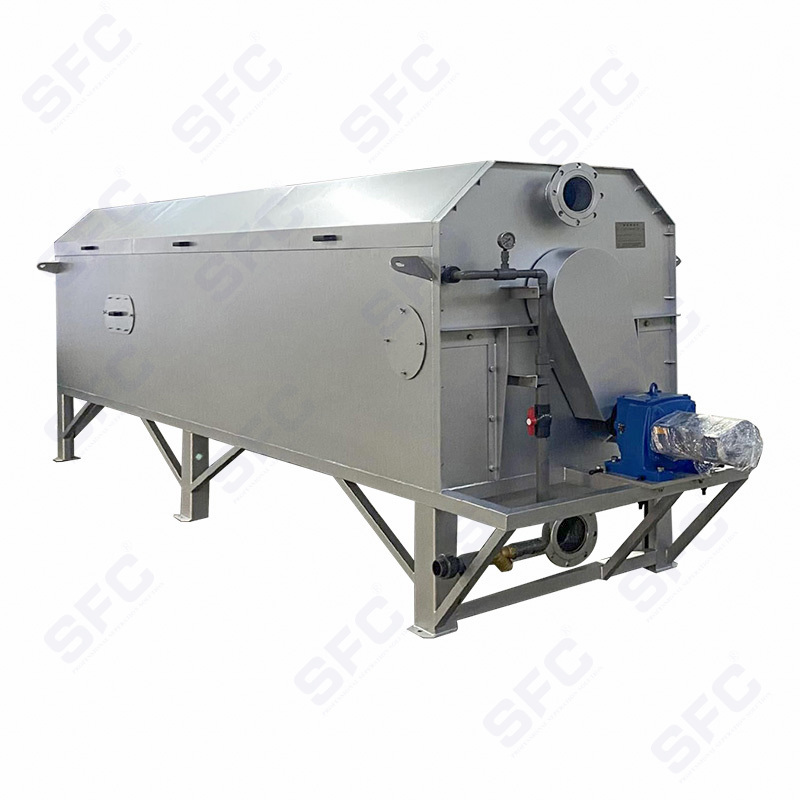
Advantages of Using a Rotary Drum Sludge Thickener
Reduced sludge volume – Cuts down transportation and disposal costs.
Lower operational costs – Minimal manpower and energy usage.
Improved downstream efficiency – Enhances performance of digesters and dewatering systems.
Consistent output quality – Stable solids concentration ensures predictable processing.
Quiet operation – Low noise level compared to highspeed equipment.
Applications Across Industries
Rotary drum sludge thickeners are used in:
Municipal wastewater treatment plants
Food and beverage processing
Pulp and paper manufacturing
Chemical processing plants
Textile wastewater facilities
Performance Comparison Table
| Parameter | Rotary Drum Sludge Thickener | Traditional Gravity Thickener |
| Solids Concentration | 3–6% | 2–4% |
| Space Requirement | Small | Large |
| Operation Mode | Continuous | Continuous |
| Energy Consumption | Low | Very Low |
| Maintenance Effort | Low | Medium |
| Suitable Sludge Types | Waste Activated Sludge, Mixed | Primary Sludge |
| Automation Level | High | Medium |
Factors to Consider When Choosing a Rotary Drum Sludge Thickener
Sludge characteristics – Particle size, solids content, and viscosity influence performance.
Capacity requirements – Ensure the drum size matches the plant’s daily sludge volume.
Screen opening size – Select the right mesh to balance water drainage and solids retention.
Material durability – Stainless steel drums resist corrosion and wear.
Integration with existing systems – Ensure compatibility with pumps, conveyors, and downstream processes.
Maintenance Tips for LongTerm Efficiency
Regular screen cleaning – Prevents clogging and maintains drainage efficiency.
Check drive system – Inspect motors, belts, and bearings for wear.
Monitor filtrate clarity – Cloudy filtrate may indicate worn screens or improper operation.
Lubrication schedule – Keep moving parts welllubricated to avoid friction damage.
Why Choose a Rotary Drum Thickener Over Other Options?
Rotary drum sludge thickeners strike a balance between performance and cost. They offer higher solids output than simple gravity thickeners and require less energy than centrifuges. For facilities seeking compact, reliable, and lowmaintenance thickening solutions, the rotary drum design is often the most practical choice.
Conclusion
A rotary drum sludge thickener is an efficient, spacesaving, and costeffective solution for sludge volume reduction. Its continuous operation, low energy consumption, and versatility make it ideal for a wide range of wastewater treatment applications. By selecting the right design and maintaining it properly, facilities can significantly cut costs while ensuring environmental compliance.



 English
English Español
Español
